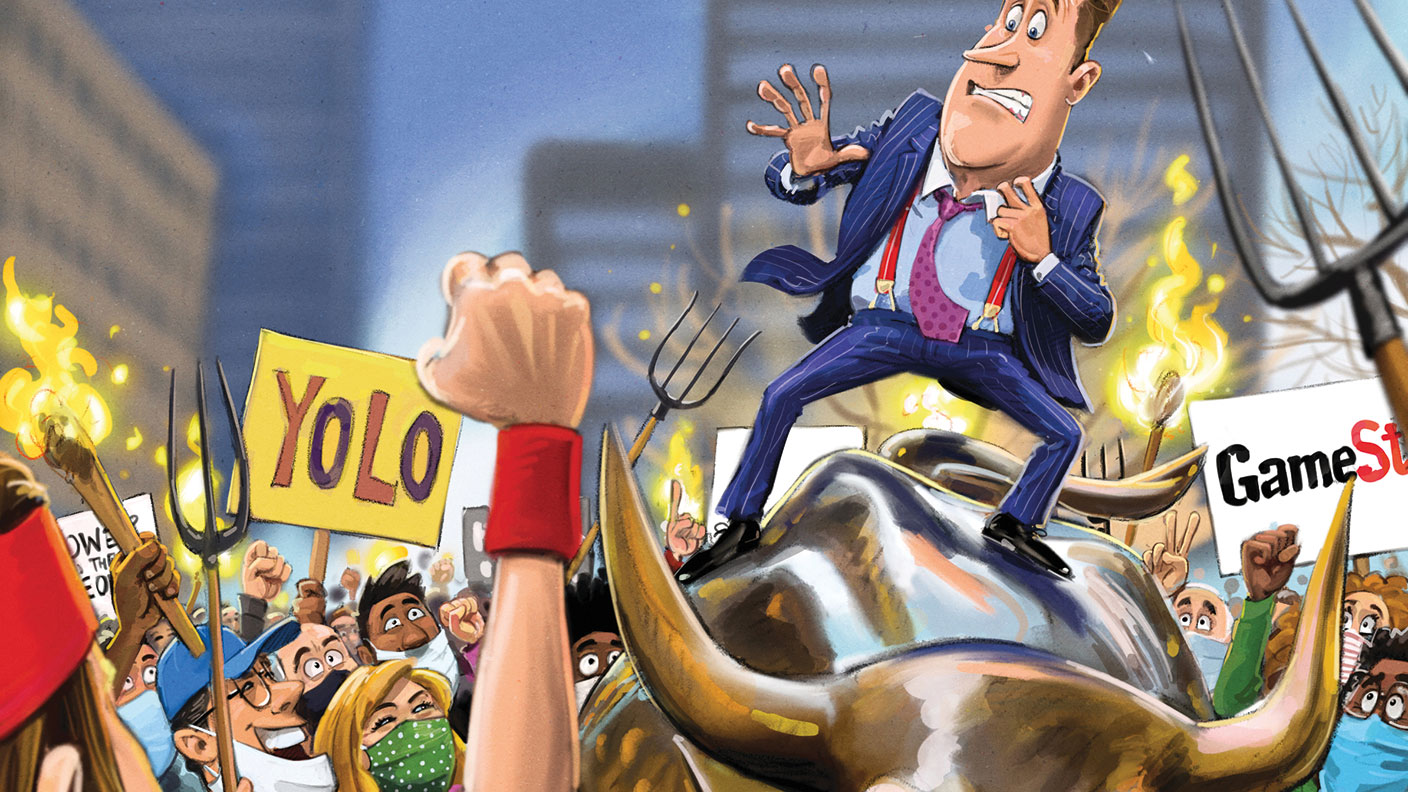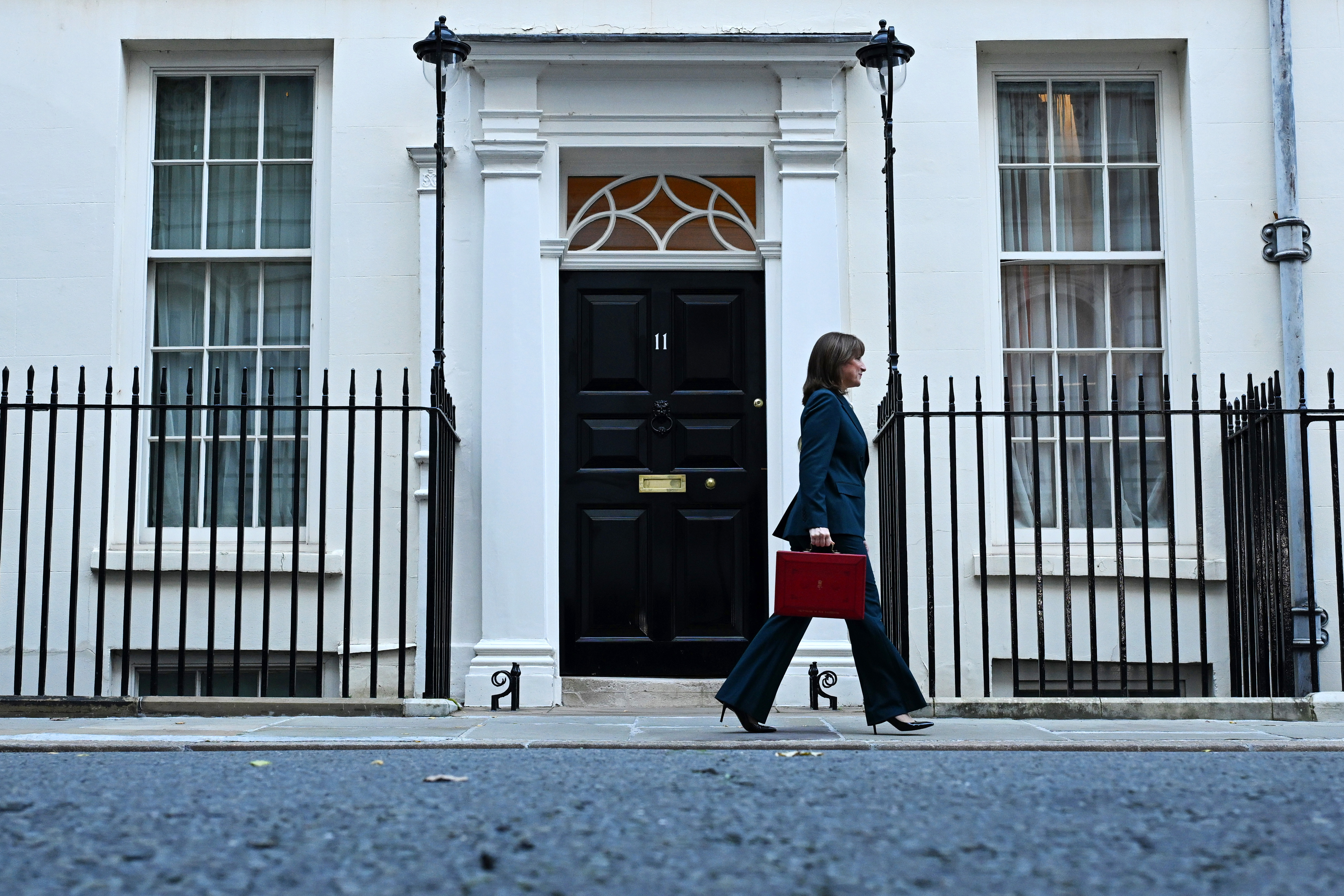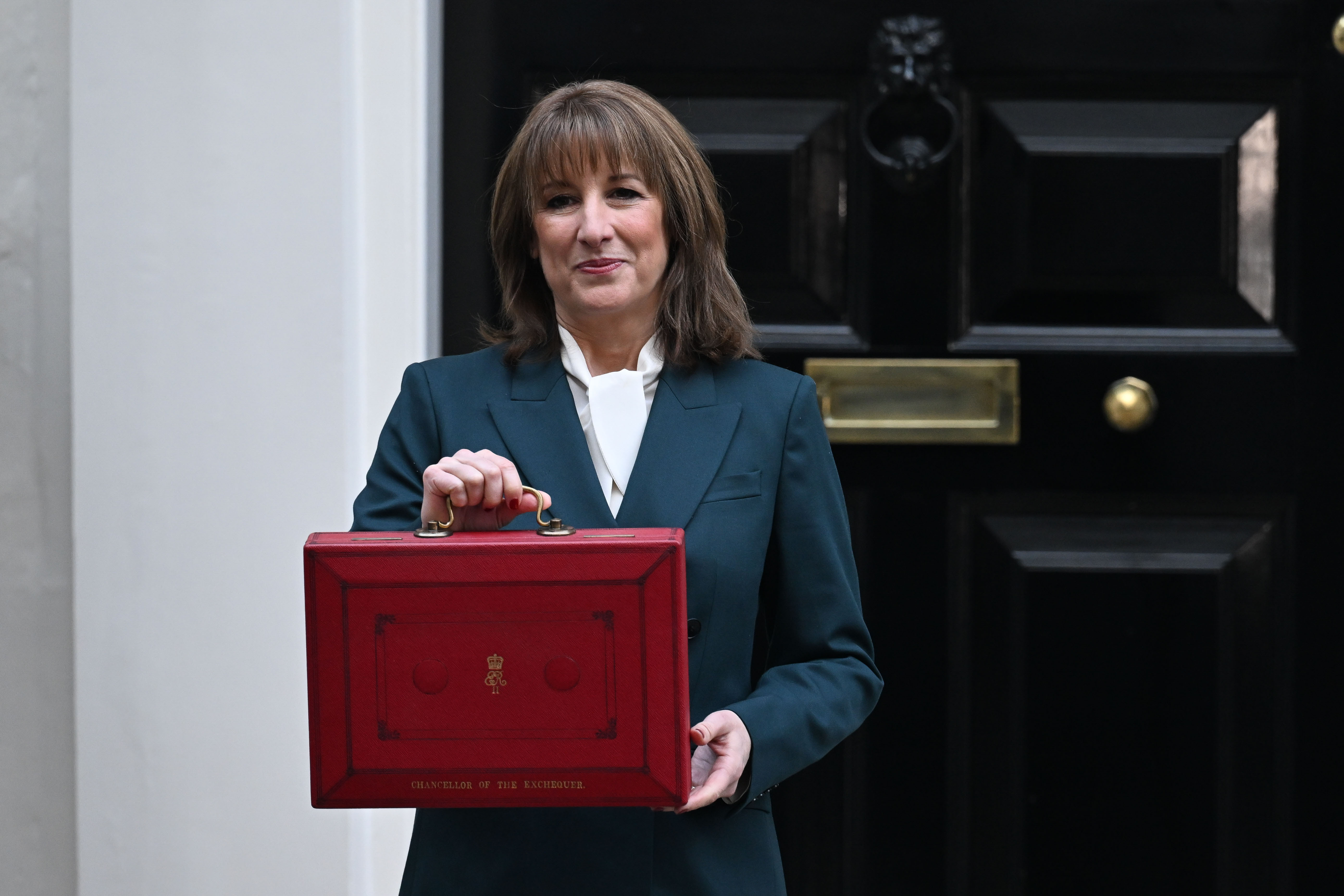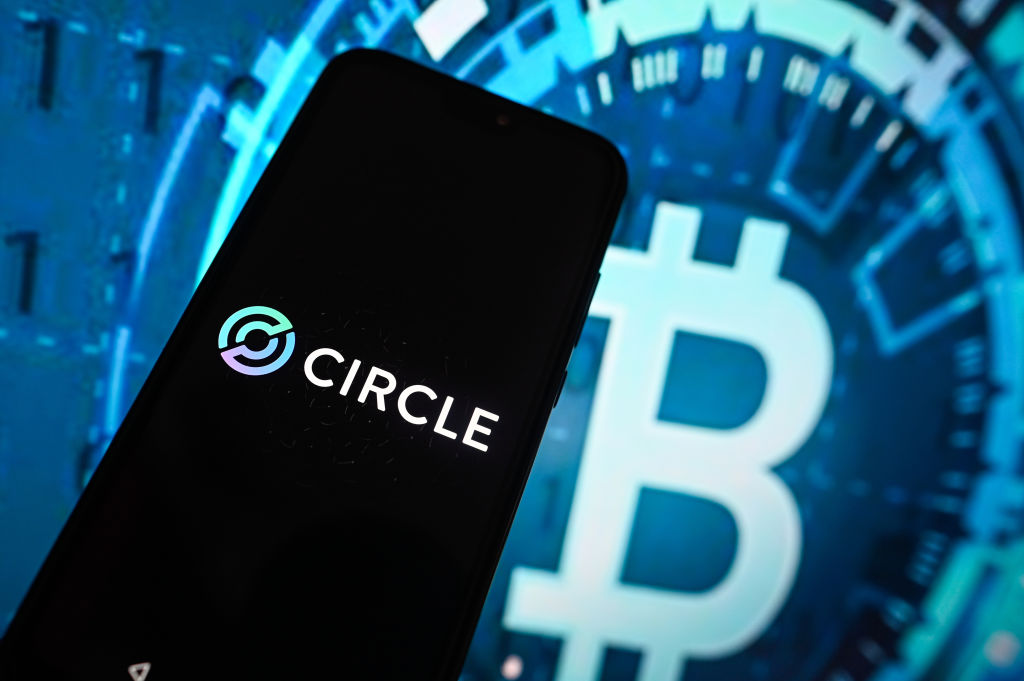GameStop, short-sellers, Reddit rebels and Wall Street’s wonky plumbing
What was the furore over US retailer GameStop really about? Is silver the next big social media-driven trade? And what does any of this mean for sensible long-term investors? John Stepek tries to unravel the story.


For most MoneyWeek readers, the Reddit saga began as an intriguing distraction, but not something with a huge impact – not many of us are invested in struggling US retail chains. However, then silver came onto the radar of the WallStreetBets gang. As a result, it shot up by more than 10% to over $30 an ounce earlier this week, before suffering a sharp drop the next day. So what should you be doing if you own it?
Our view is quite simple: write it off as a blip. Silver is volatile at the best of times. While the Reddit story resurrected many of the long-running conspiracy theories surrounding silver (mainly to do with investment banks manipulating the price, which is not entirely without basis in fact, but not something you can do anything about), anyone who owns silver now should be doing so because they believe in the bullish macroeconomic case for owning it, not because they expect an imminent short squeeze.
As Eoin Treacy notes on fullertreacymoney.com, “the big difference between silver and GameStop is that there is a fundamental reason for being interested in silver. The world is awash with liquidity and governments are intent on achieving their inflation goals come what may”. So it’s worth having some exposure. But treat it as a speculative part of your portfolio. While gold broadly hangs onto its buying power over the very long term, it still endures long periods of underperformance, and silver is far worse on this front – it still hasn’t surpassed its 1980 and 2011 peaks in nominal terms, let alone adjusted for inflation. So in terms of asset allocation, view silver as being part of your equity allocation – same as your gold mining stocks – rather than part of your “buy and HODL” physical gold stash.
MoneyWeek
Subscribe to MoneyWeek today and get your first six magazine issues absolutely FREE

Sign up to Money Morning
Don't miss the latest investment and personal finances news, market analysis, plus money-saving tips with our free twice-daily newsletter
Don't miss the latest investment and personal finances news, market analysis, plus money-saving tips with our free twice-daily newsletter
Get the latest financial news, insights and expert analysis from our award-winning MoneyWeek team, to help you understand what really matters when it comes to your finances.
John Stepek is a senior reporter at Bloomberg News and a former editor of MoneyWeek magazine. He graduated from Strathclyde University with a degree in psychology in 1996 and has always been fascinated by the gap between the way the market works in theory and the way it works in practice, and by how our deep-rooted instincts work against our best interests as investors.
He started out in journalism by writing articles about the specific business challenges facing family firms. In 2003, he took a job on the finance desk of Teletext, where he spent two years covering the markets and breaking financial news.
His work has been published in Families in Business, Shares magazine, Spear's Magazine, The Sunday Times, and The Spectator among others. He has also appeared as an expert commentator on BBC Radio 4's Today programme, BBC Radio Scotland, Newsnight, Daily Politics and Bloomberg. His first book, on contrarian investing, The Sceptical Investor, was released in March 2019. You can follow John on Twitter at @john_stepek.
-
 Autumn Budget winners and losers
Autumn Budget winners and losers"Someone has to suck up the costs - those who can pay will pay,” says Kalpana Fitzpatrick
-
 Rachel Reeves confirms cash ISA allowance changes – are you affected?
Rachel Reeves confirms cash ISA allowance changes – are you affected?Chancellor Rachel Reeves has unveiled a cut to the annual cash ISA limit, potentially affecting millions of savers. What has been announced and when will the changes come into effect?
-
 Chen Zhi: the kingpin of a global conspiracy
Chen Zhi: the kingpin of a global conspiracyChen Zhi appeared to be a business prodigy investing in everything from real estate to airlines. Prosecutors allege he is the head of something more sinister
-
 Canada will be a winner in this new era of deglobalisation and populism
Canada will be a winner in this new era of deglobalisation and populismGreg Eckel, portfolio manager at Canadian General Investments, selects three Canadian stocks
-
 Jim O’Neill on nearly 25 years of the BRICS
Jim O’Neill on nearly 25 years of the BRICSJim O’Neill, who coined the acronym BRICS in 2001, tells MoneyWeek how the group is progressing
-
 Circle sets a new gold standard for cryptocurrencies
Circle sets a new gold standard for cryptocurrenciesCryptocurrencies have existed in a kind of financial Wild West. No longer – they are entering the mainstream, and US-listed Circle is ideally placed to benefit
-
 8 of the best converted industrial properties for sale
8 of the best converted industrial properties for saleThe best converted industrial properties for sale – from a Victorian railway station in Norfolk to a Grade II-listed former water tower with views of the River Alde
-
 More clouds gather over renewable energy trusts – is there any hope for the sector?
More clouds gather over renewable energy trusts – is there any hope for the sector?The outlook for renewable energy trusts has gone from bad to worse this year, with the industry being caught in a 'perfect storm'
-
 Should ISA investors be forced to hold UK shares?
Should ISA investors be forced to hold UK shares?The UK government would like ISA investors to hold more UK stocks – but many of us are already overexposed
-
 Why Scotland's proposed government bonds are a terrible investment
Why Scotland's proposed government bonds are a terrible investmentOpinion Politicians in Scotland pushing for “kilts” think it will strengthen the case for independence and boost financial credibility. It's more likely to backfire
